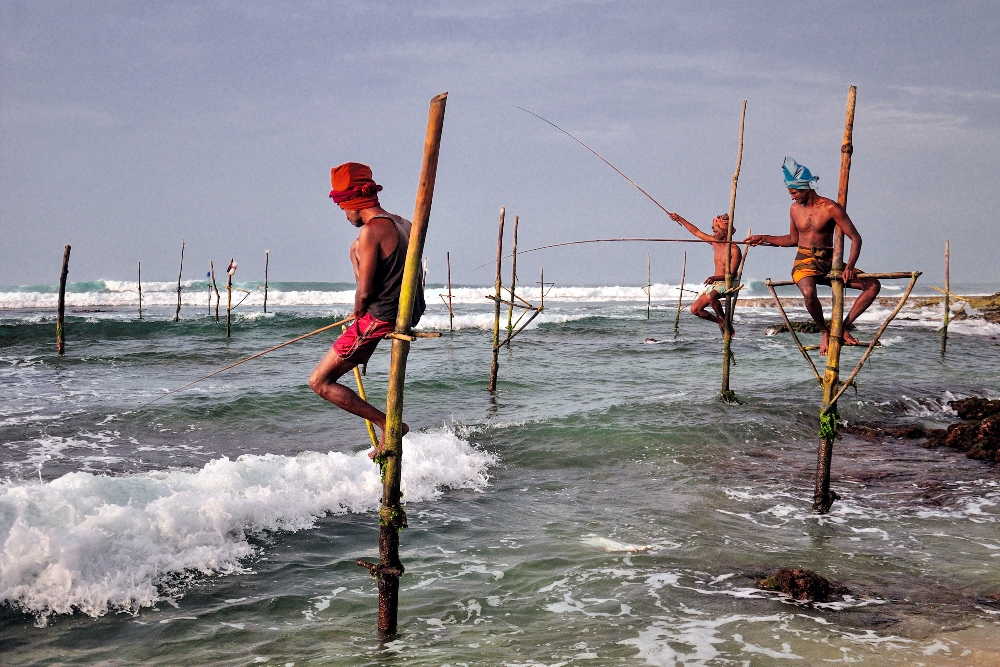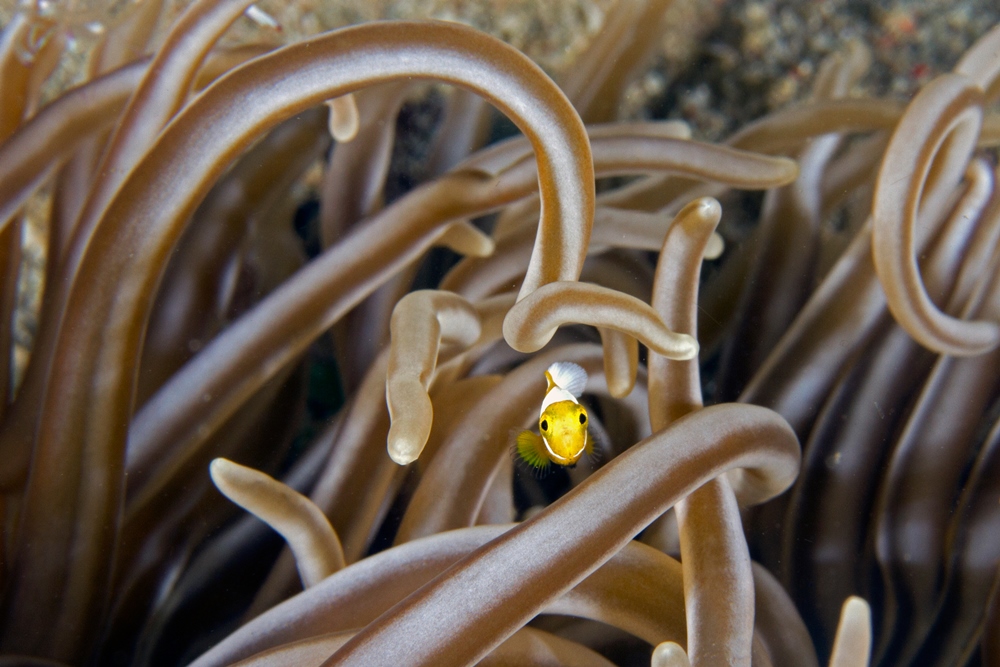Photography Competition Winners 2015
The theme for the photography competition in 2015 was Conflict and Survival.
The Society would like to congratulate the winners who were celebrated at the Biology Week Annual Award Ceremony.
Photographer of the Year 2015: Winner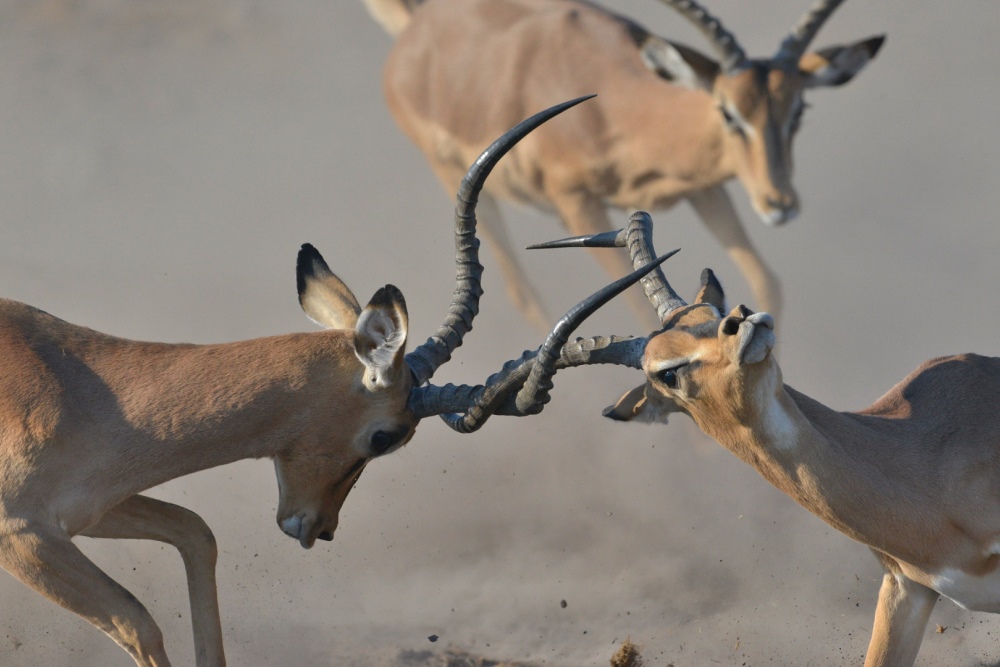
Impala Fighting by Barbara Stanley
Taken: Etosha National Park, Namibia
Male Impala fight to establish dominance and a breeding hierarchy. This ensures the fittest pass their genes to the next generation, thus helping their survival and the survival of the species.
Photographer of the Year 2015: Runner-up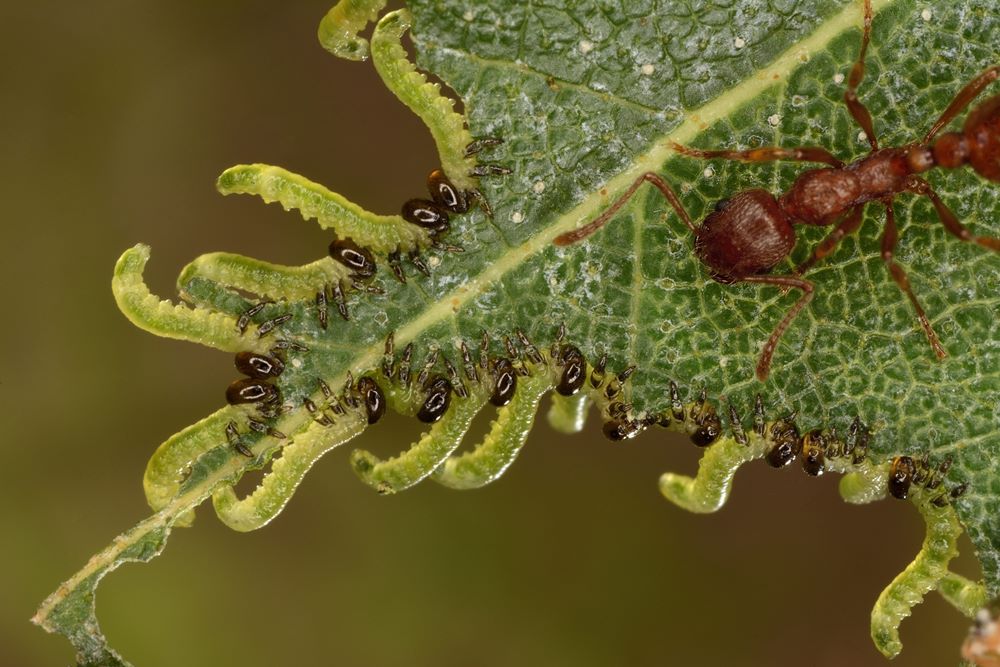
Red Ant Scared off by Sawfly Caterpillars by Tony Cooper
Taken: Long Clawson garden, Leicestershire
The sawfly caterpillars (Pristiphora testacea) had just hatched and were eating the edge of the birch leaf (Betula pendula). The red ant (Myrmica rubra) entered the scene and the caterpillars responded by all springing out at the same time, this caused the ant to flee.
Photographer of the Year 2015: Highly commended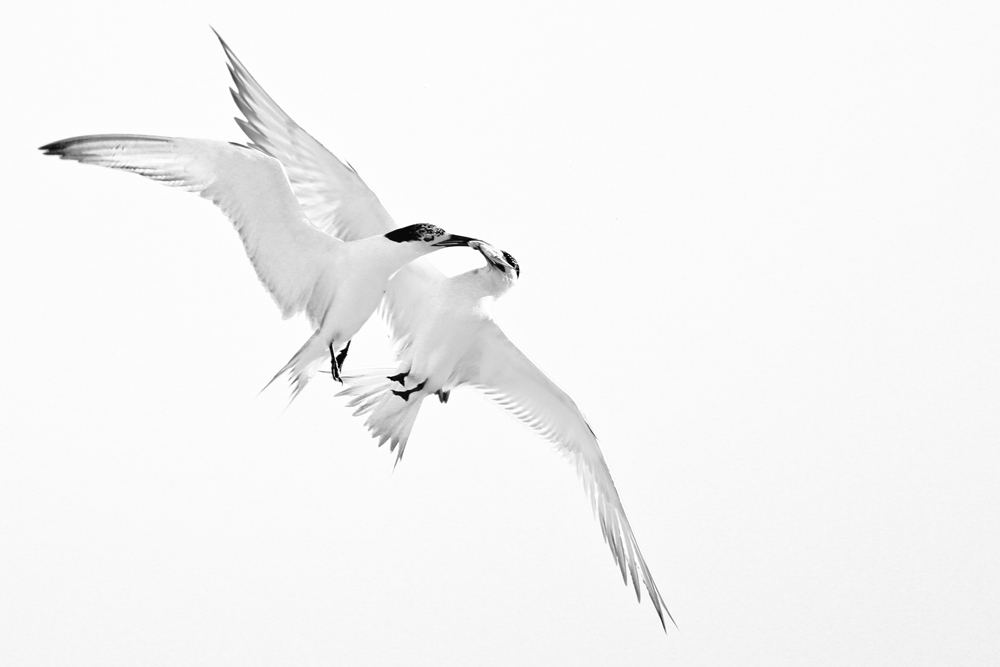
The Last Sardine by Davide Gaglio
Taken: Robben Island, South Africa
‘Don’t worry, there are plenty more fish in the sea!’ That’s a classic idiom you usually say to make somebody feel better. But are there really plenty more fish at sea? According to research, this may not be the case (Worm, B. et al 2006) “unless the current situation improves, stocks of all species currently fished for food are predicted to collapse by 2048”. This is a concern especially in Southern Africa, where the productivity of the Benguela upwelling system has been exploited over the last 60 years!
Young Photographer of the Year 2015: Winner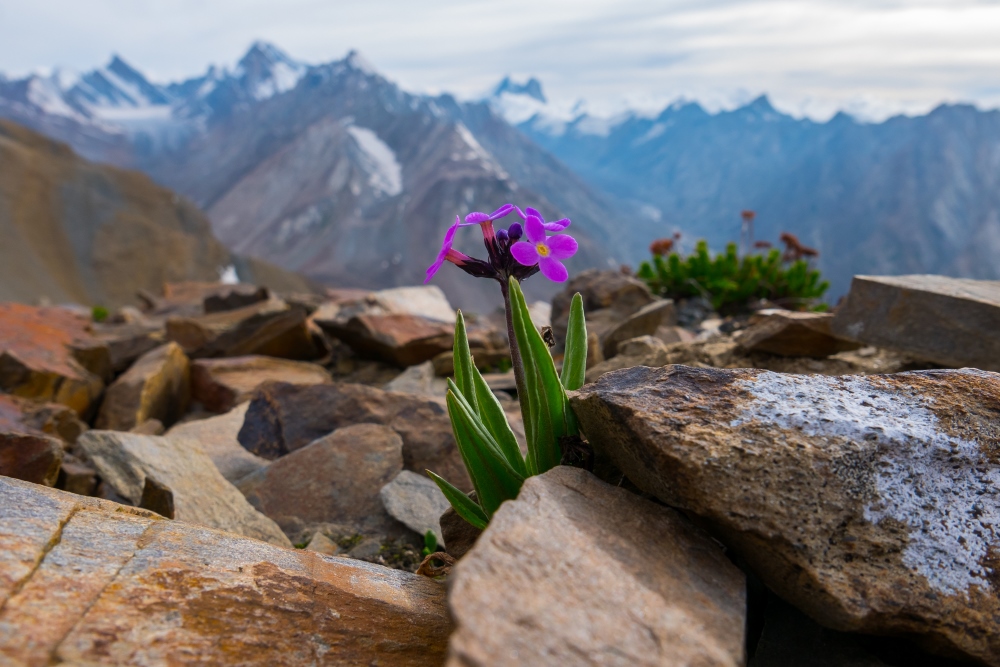
Small One by Oliver Tidswell
Taken: Pensi La Pass, Ladakh, India
At 5,550m, this is one of the few plant species to survive at such high altitudes, and one of very few species found in this particular picturesque spot. It was regrettably unidentified at the time of taking the picture.
Young Photographer of the Year 2015: Runner-up
Loneliness and Stubbornness by Timofey Zubarev
Taken: Pensi La Pass, Ladakh, India
At 5,550m, this is one of the few plant species to survive at such high altitudes, and one of very few species found in this particular picturesque spot. It was regrettably unidentified at the time of taking the picture.
Young Photographer of the Year 2015: Highly commended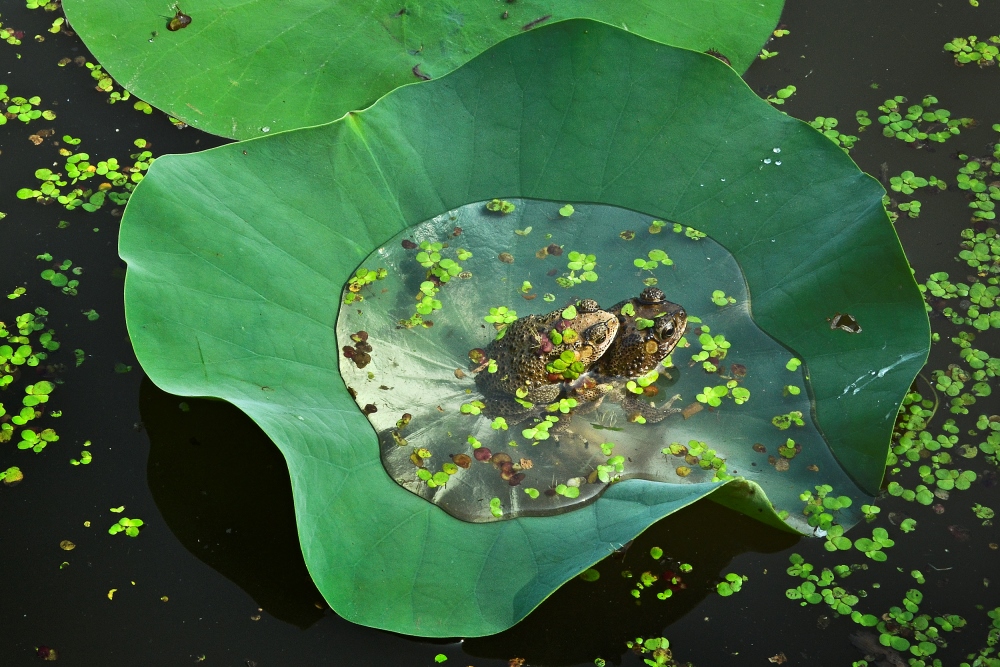
Mating by Darpan Basak
Taken: Barrackpore, West Bengal, India
At 5,550m, this is one of the few plant species to survive at such high altitudes, and one of very few species found in this particular picturesque spot. It was regrettably unidentified at the time of taking the picture.
Special mentions
Double Trouble by Beverley Brouwer
Taken: Genemuiden, Overijssel, Netherlands.
The amazing ‘survival’ story behind this photo is about the parasitic flatworm (Leucochloridium paradoxum), also called ‘green-banded broodsac’. The parasitic worm in its larval, miracidia stage travels into the digestive system of a snail where it develops into its next stage, a sporocyst. The sporocyst grows into long tubes called broodsacs filled with tens to hundreds of reproductive cercariae. The broodsacs then invade the snail's tentacles by putting on a bizarre, swollen, pulsating display that mimics the appearance of a caterpillar for birds to prey on. Although snails prefer the dark, the broodsacs cause the snail to seek light, increasing the chance of predation. The broodsacs pulsate in response to light intensity. The birds that eat the snails then become hosts for the next phase of the worm's growth. The cercarciae develop into adult distomes which reproduce and lay eggs that are transmitted through the bird's faeces back down onto plants, where they are consumed by snails, keeping the circle intact.
The Herons by Debdatta Chakraborty
Taken: Galle, Sri Lanka
Stilt fishermen in the south western beaches of the island country of Sri Lanka, sitting on their pettas - crude indigenous crucifixes - casting their lines into the sea water.
 Headbutts! by Fabio Pupin
Headbutts! by Fabio Pupin
Taken: Dovrefjell National Park, Norway.
Bulls have a varied arsenal of displays to show their size and strength and avoid any potentially harmful fight. Nonetheless, when two males of the same size come face to face, the battle begins. Facing each other they charge, heads down, clashing again and again until the loser yields. Conflicts within the same sex in order to mate is a powerful selective pressure in evolutionary processes. The fight of two muskox bulls perfectly depicts it. In late August, the ‘rutting’ season starts and dominant bulls monopolise herds of cows to mate, defending them from rivals.
All, All Alone by Paddy Ryan
Taken: Puerto Galera, Philippines.
This is a tiny juvenile anemone fish which has found itself a host anemone. The tiny size can be determined from the tentacles in which it is hovering. It is too small to identify.
Special thanks to judges
Tim Harris, Nature Picture Library and Bluegreen Pictures
Alex Hyde, natural history photographer and lecturer at The University of Nottingham
Louise Murray, freelance photojournalist
Linda Pitkin, Underwater photographer
Support
The Society wishes to thank Eppendorf for their support of this competition.



